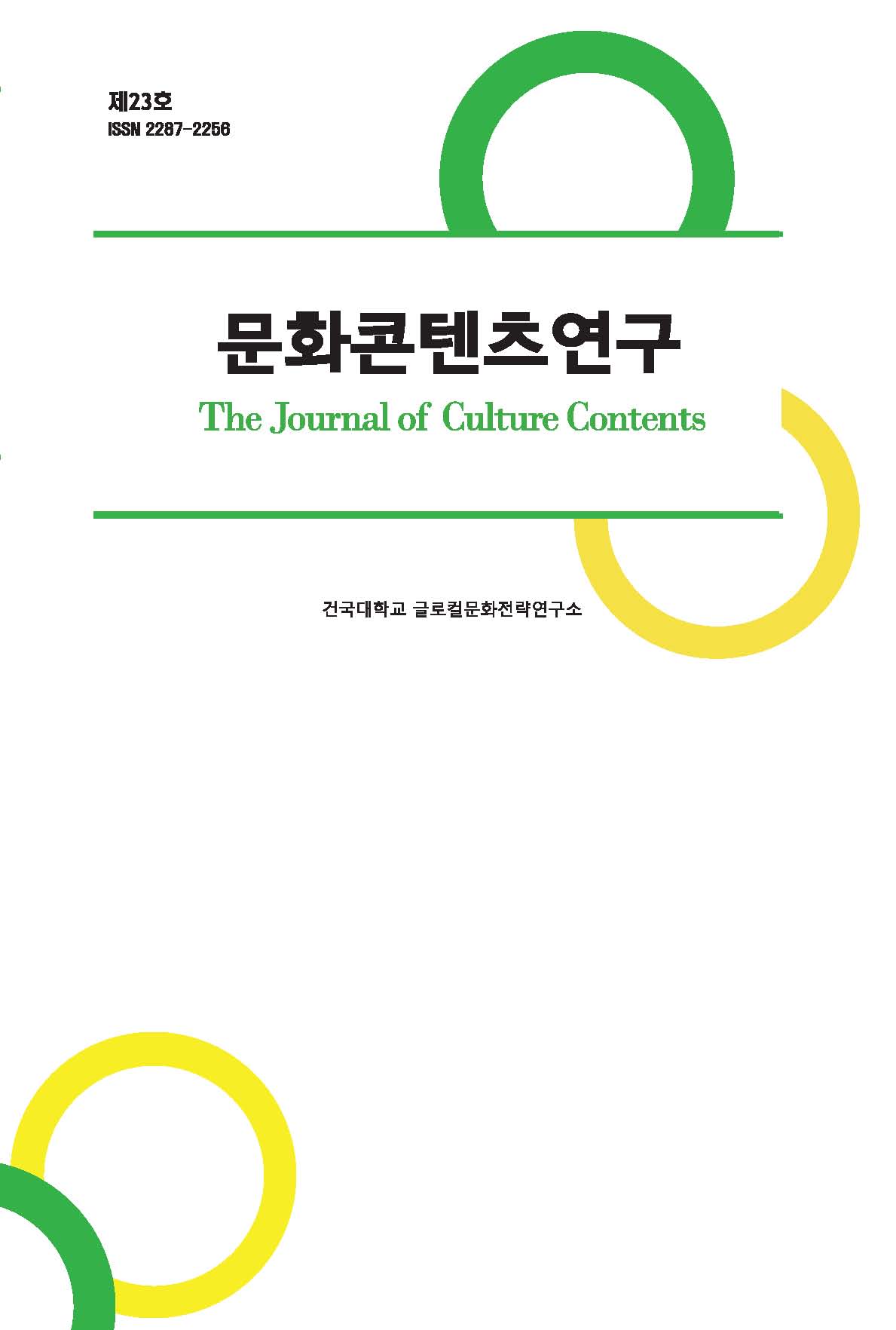Research Article
Abstract
References
Information
In 2014, the Chinese government distributed the “Directions for the Advancement of the Special Culture Industry.” The regional cultural industry means that it will become a national development strategy in the future. The text focused on analyzing the social landscape of China’s regional cultural industry. The concept of the local cultural industry is comprehensive and analyzed in the text in a macro way. The chemical industry is a green industry, and in the 21st century each country considers it a promising industry to promote social development. As China’s social and economic structure has changed, the Chinese cultural industry has become a pivotal economic development industry for the nation’s development. The local cultural industry is a detailed development under the Chinese cultural industry. The government has distributed many documents to promote this. Over the years, the construction of the local cultural industry by each class of society formed various development models. The main article, A power model deployed using resources, a model for developing cultural industries through succession to traditional and manual industries, and an integrated power model that values symbiosis by projecting regional characteristics, have divided up into three categories.
The development of the local cultural industry is fundamentally beneficial in protecting local cultural resources. The level of social economy and cultural development in western China is much lower than that of central and eastern China. The economic power gap between the eastern, the central and the western regions is very high. The regional cultural industry is expected to become a major business that reinforces the economy in the West. The ultimate goal of developing the local cultural industry is to raise the standard of living for local residents. However, due to unfair development, many problems arise. In the final section, China's local cultural industry analyzed what problems were being revealed compared to Korean cultural contents.
Regional development is largely the development of the nation and may increase regional exchanges abroad. Eventually, peaceful exchanges between countries can be promoted through the cultural industry.
2014년에 중국정부는 <특색문화산업발전을 추진하는 지도의견>을 반포하였다. 지방특색문화산업은 국가적인 발전전략이 된다는 것을 의미한다. 본문은 집중적으로 중국의 지방특색문화산업에 관한 전개 사회배경을 분석했다. 지방특색문화산업의 개념은 포괄적이고 본문에서 거시적인 면에서 담겨져 있는 의미를 분석했다. 문화산업은 녹색산업으로 21세기에 각 나라는 사회발전을 추진하기 위하여 유망산업으로 여긴다. 중국사회경제구조 변화에 따라 중국문화산업이 국가발전에 있어 중추적 경제발전산업으로 자리를 잡았다. 지방특색문화산업은 중국문화산업 하에 세부적인 발전분야이다. 이를 추진하기 위하여 정부는 많은 문건을 반포하였다. 몇 년 동안에 지방특색문화산업에 대한 건설은 다양한 발전모델을 형성되었다. 본문은 주로 자원을 이용하여 전개되는 발전모델 ‘전통기예 ‧ 수공업을 계승하여 문화산업을 발전하는 모델’ 지역특색을 돌출하여 공생체를 중요시하는 집결형 발전모델 3가지로 나눠서 정리해보았다.
지방특색문화산업의 발전은 근본적으로 지방문화자원을 보호하는 것에 유익하다. 중국 서부지역의 사회경제와 문화발전 수준은 중부 ‧ 동부지역보다 훨씬 떨어져 있다. 동부 ‧ 중부 ‧ 서부지역 간에 경제력의 격차가 매우 심하다. 지방특색문화산업은 서부지역 경제 활성화 하는 주력 산업이 될 전망이다. 지방특색문화산업을 발전시키는 최종목표는 지역민의 생활수준을 높이는 것이다. 하지만, 불정당한 개발 때문에 많은 문제들을 일으켰다. 마지막 부분에서 중국의 지방특색문화산업은 한국문화콘텐츠와 비교하여 어떤 문제점 드러나고 있는지에 대해서 분석하였다.
지방발전은 대내적으로는 나라의 발전이고 대외적으로는 지역 간 교류를 늘릴 수 있다. 결국 문화산업을 통해 국가 간의 평화적인 교류를 추진할 수 있다.
- 이병민, 남기범, 「글로컬라이제이션과 지역발전을 위한 창조적 장소만들기」, 『대한지리학회지』, 대한지리학회, 2016.
- 찰스 랜드리, 임상오 역, 『창조도시』, 해남, 2005.
- 王偉年, 「城市文化產業區位因素及地域組織研究」, 동북사범대학교 박사논문, 2007.
- 厲建梅, 「文旅融合下文化遺產與旅遊品牌建設研究」, 산동대학교 박사논문, 2016.
- 周國梁, 「美國文化產業集群發展研究」, 길림대학교 박사논문, 2010.
- 張淩雲, 「西方文化(產業園)區利益相關方研究,以斯特拉特福為例」, 산동대학교 박사논문, 2012.
- 孫媛媛, 「平遙古城與水源華城旅遊資源開發模式的比較研究」, 연태대학교 석사논문, 2013.
- 王佳, 「地方性文化與區域特色文化產業發展」, 『中國文化產業評論』, 上海交通大學國家文化產業創新與發展研究基地, 2012.
- 王秀偉, 湯書昆, 「試論宣紙特色文化產業發展的文化授權模式」, 『學術論壇』, 廣西社會科學院, 2015.
- 羅劍, 「論地方特色文化資源的產業化經營」, 『貴州民族學院學報(哲學社會科學版』, 貴州民族大學, 2006.
- 張中華, 張沛 「地方文化產業的 “地方性” 機制及培育對策研究」, 『技術經濟與管理研究』, 山西省人民政府發展研究中心, 2017.
- 齊勇峰, 吳莉, 「特色文化產業發展研究」, 『中國特色社會主義研究』, 北京市社會科學界聯合會, 2013.
- 李炎 ‧ 王佳, 「文化需求與特色文化產業發展」, 『學習與探究』, 黑龍江省社會科學院, 2012.
- 林穎 ‧ 吳鼎銘, 「文化政治學視域下的 “地方文化產業,政策變遷:臺灣經驗與啟示」, 『福建師範大學學報』, 福建師範大學, 2015.
- 周建軍 ‧ 張愛民, 「論特色文化產業的內涵和發展途徑」 『社會科學研究』, 四川省社會科學院,, 2010.
- 王秀偉 ‧ 湯書昆, 「文化授權:地方特色文化產業發展的模式選擇」 『同濟大學學報(社會科學版』, 同濟大學, 2016.
- 謝莉莉 ‧ 莊欣荷 ‧ 肖陽, 「地方特色文化產業化發展模式研究,以馬尾船政文化為例」, 『福州大學學報(哲學社會科學版』, 福州大學, 2014.
- 祝帥, 「傳統工藝,從 “申遺” 走向 “文化創意產業”」, 『美術觀察』, 中國藝術研究院, 2010.
- 韋信寬, 「地方特色文化創意產業發展模式研究」, 『三明學院學報』, 三明學院, 2011
- 徐艷芳, 「區域文化資源優勢向產業開發優勢轉化機制研究」, 『山東社會科學』, 山東省社會科學界聯合會, 2011.
- 張勝冰, 「從區域文化資源利用看地方文化產業發展觀」 『中國海洋大學學報』, 中國海洋大學, 2012.
- 朱瑜, 「景德鎮旅遊業與陶瓷文創產業融合發展路徑研究」 『太原城市職業技術學院學報』, 太原城市職業技術學院, 2019
- 黃永林, 候順, 「湖北地方特色文化與文化產業融合存在的問題與對策研究」, 『理論月刊』, 湖北省社會科學聯合會, 2013.
- 單銘磊, 「地理集聚與文化認同:區域文化資源產業化與可持續發展研究」, 『山東社會科學』, 山東省社會科學界聯合會, 2016.
- Publisher :Research Institute of Creative Contents
- Publisher(Ko) :글로컬문화전략연구소
- Journal Title :The Journal of Culture Contents
- Journal Title(Ko) :문화콘텐츠연구
- Volume : 15
- No :0
- Pages :41-68


 The Journal of Culture Contents
The Journal of Culture Contents





